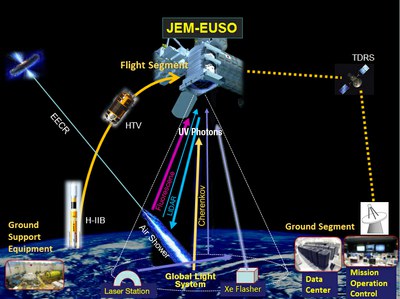
Figure 2. Concept of the JEM-EUSO mission operations
An extreme energy particle collides with nucleus in the atmosphere and produces many secondary particles. These secondary particles make still many particles to form an extensive air shower: a cascade of relativistic particles. At its maximum, the number of particles (mostly electrons, positrons, and photons) reaches about 1011. This maximum number is in proportion to the energy of the primary particle. The charged particles in EAS excite the nitrogen molecules to emit near UV photons. They also produce Čerenkov light in the cone of 1.3 degree in the wavelength 200 nm - 500 nm, when they move with the velocity higher than the speed of light in the atmosphere.
JEM-EUSO observes the near UV fluorescent photons and Čerenkov light from the EAS (Figure 2.)

Figure 2. Concept of the JEM-EUSO mission operations
The EAS observed from space appears as a bright spot moving nearly at the speed of light. When it meets the ground or cloud, the reflected Čerenkov light is observed as a strong Čerenkov mark.
Since the ISS covers the whole Earth surface in the latitude range ±51° with a track at the earth surface moving at a speed of ⁓7 km/s, the scene observed by JEM-EUSO in one shot is 2×105 km2 and 1012 tons of atmosphere. Observation from space is much better compared to that from the ground in the following three points.
1. JEM-EUSO has larger effective area than the ground experiments. Therefore, it can observe almost 1,000 events in the mission life. This higher statistics allows us to perform detailed analysis of arrival direction and the detection of neutrino with a smaller cross-section.
2. The thickness of the atmosphere is concentrated in the first 10 km above ground that is much thinner than the altitude of ISS, therefore, the distance of the EAS from the instrument is effectively fixed. The events with a larger number of photons are certainly higher energy events. Therefore, systematic error is smaller, by nature, than the ground observations one.
3. JEM-EUSO observes EAS through the thin clean upper atmosphere, while ground fluorescence detector observes it through thick and dirty low atmosphere. Therefore, the correction by atmospheric absorption is not so large (50% at most) and systematic error is relatively small in space based observation.